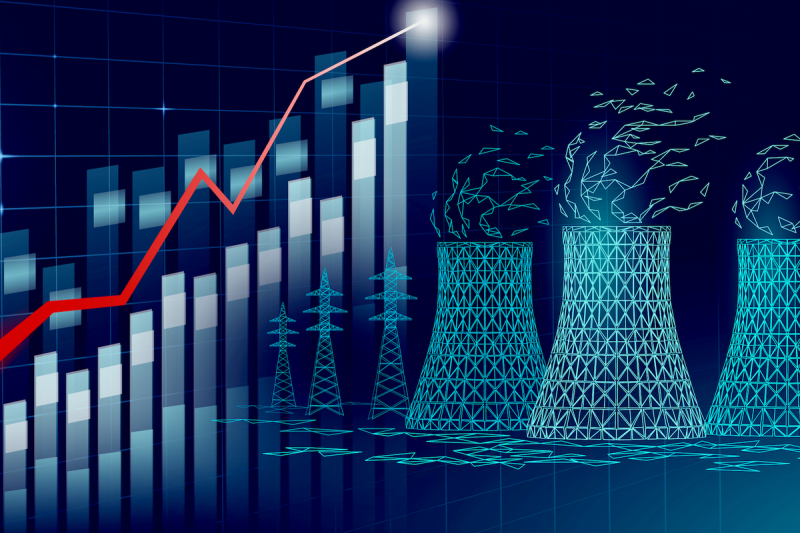The transition to clean and sustainable energy sources has been at the forefront of global efforts to combat climate change. As part of this transition, the United States has revealed ambitious plans to significantly increase its nuclear power capacity by the year 2050. This move marks a pivotal moment in the country’s energy strategy and could have far-reaching implications for the nation’s energy landscape.
One of the key factors driving the US government’s decision to triple its nuclear power capacity is the need to reduce greenhouse gas emissions and combat climate change. Nuclear energy is considered a low-carbon energy source, as it produces electricity without emitting large amounts of greenhouse gases. By ramping up nuclear power capacity, the US aims to transition away from fossil fuels and towards cleaner energy sources to meet its climate goals.
In addition to its environmental benefits, nuclear power also offers a reliable and consistent source of energy. Unlike renewable energy sources such as wind and solar, nuclear power can provide baseload power, which is crucial for maintaining a stable and reliable electricity grid. By expanding its nuclear power capacity, the US can strengthen its energy security and reduce its reliance on imported energy sources.
However, the decision to increase nuclear power capacity is not without its challenges and considerations. One of the major issues surrounding nuclear power is the question of nuclear waste management. The disposal of radioactive waste generated by nuclear power plants remains a significant challenge, as it requires careful handling and long-term storage solutions to prevent environmental contamination.
Furthermore, nuclear power plants are capital-intensive projects that require significant investment and long lead times to develop and construct. The expansion of nuclear power capacity will require substantial financial commitments and regulatory approvals, which could pose barriers to timely implementation.
Despite these challenges, the US government’s plans to triple its nuclear power capacity present a significant opportunity to accelerate the transition to cleaner energy sources and reduce greenhouse gas emissions. By leveraging nuclear power alongside other renewable energy sources, the US can diversify its energy mix and create a more sustainable and resilient energy system for the future.
In conclusion, the US government’s decision to triple its nuclear power capacity by 2050 signals a bold step towards a cleaner and more sustainable energy future. While this move comes with its share of challenges and considerations, the potential benefits of increased nuclear power capacity in reducing greenhouse gas emissions and enhancing energy security are substantial. By effectively managing the challenges associated with nuclear power and supporting innovation in the sector, the US can chart a course towards a more sustainable energy landscape for generations to come.

